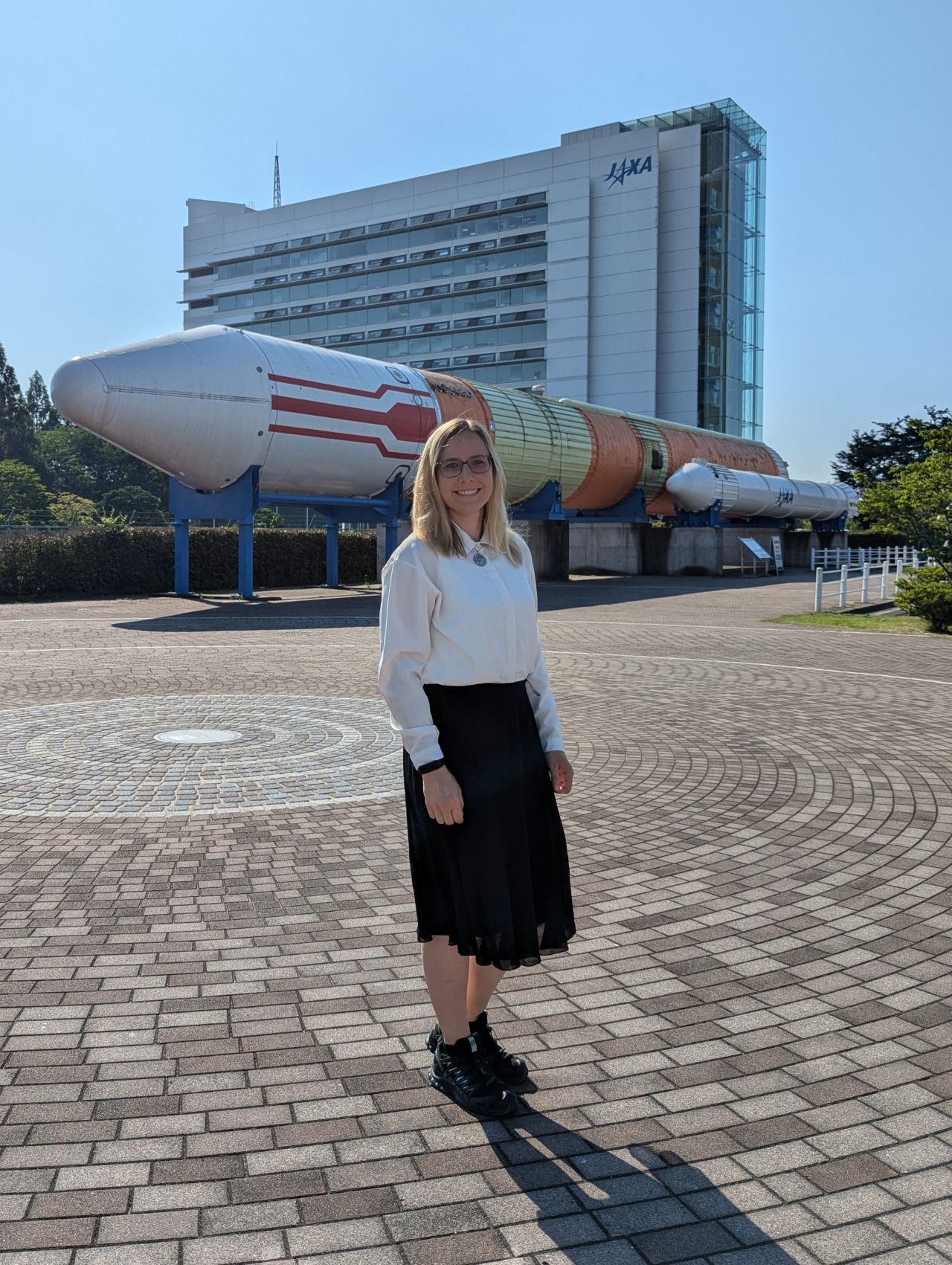PICLas-based Intake Simulation Activities for the development of an ABEP Specular Intake
Published in Springer Nature, 2025
Abstract: Space missions in very low Earth orbit (VLEO) offer advanced capabilities for Earth observation, telecommunications, and security but are challenged by continuous orbit decay. Atmosphere-Breathing Electric Propulsion (ABEP), which uses atmospheric particles as propellant, provides a potential solution. Within the H2020 DISCOVERER, ESA ram-CLEP and ATLAS projects, IRS is developing a specular intake and helicon plasma thruster to advance ABEP systems. This study uses Direct Simulation Monte Carlo (DSMC) simulations to evaluate specular intake geometries, analyzing particle density, pressure, mass flow rate, and collection efficiency. The results indicate that reducing the focal length of the parabolic intake significantly improves efficiency and mass flow rate, while increasing the discharge channel diameter proves more effective for achieving these high values as well. As pressure follows an opposing trend to efficiency, and reaching the ignition pressure is crucial, the optimal configuration among the investigated for balancing efficiency and pressure is a discharge channel diameter of 25 mm with a focal length of 3 mm.
Recommended citation: : Barth N, Skalden J, Papavramidis K, Gutierrez E, Hild F, Beyer J, Pfeiffer M, Tietz R, Maier P, and Herdrich G. PICLas-based Intake Simulation Activities for the development of an ABEP Specular Intake. Accepted for publication at Springer Nature in April 2025.
